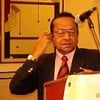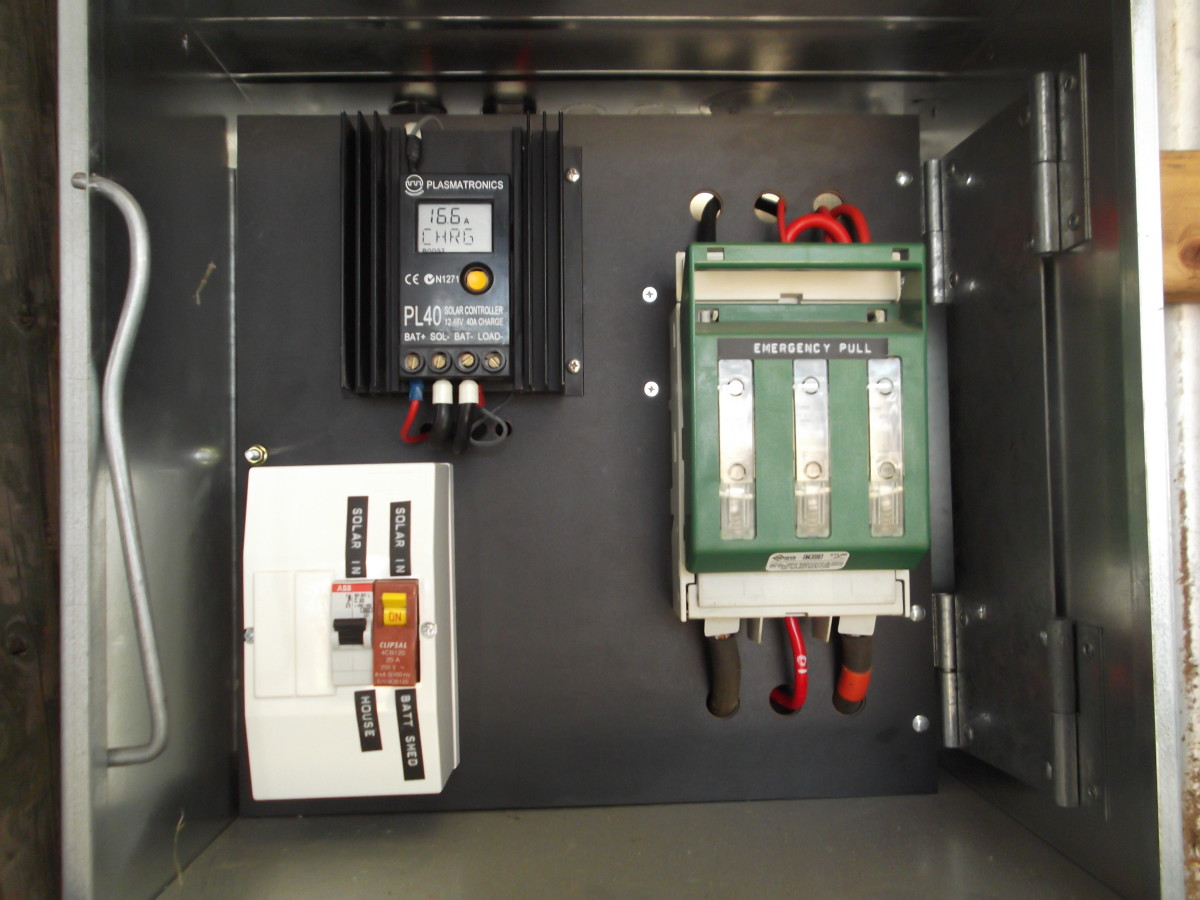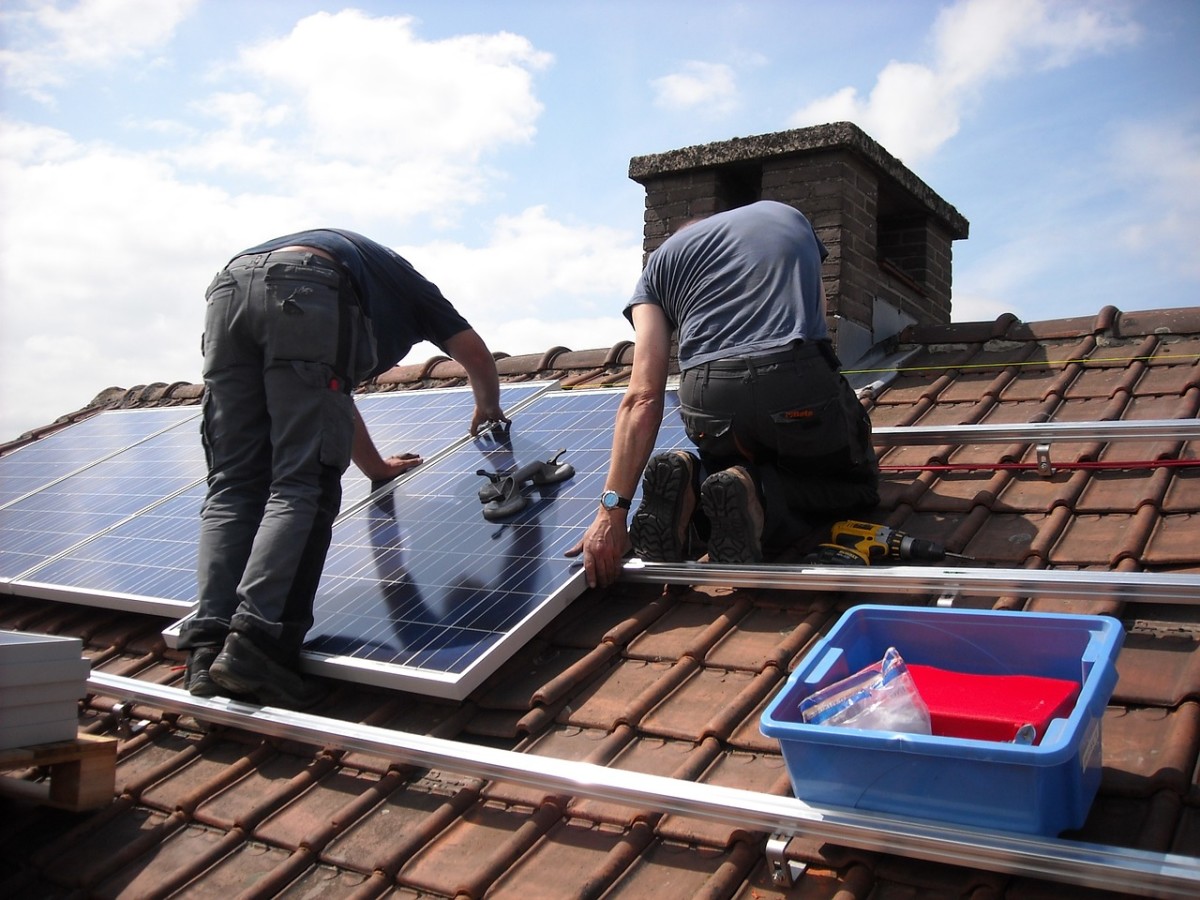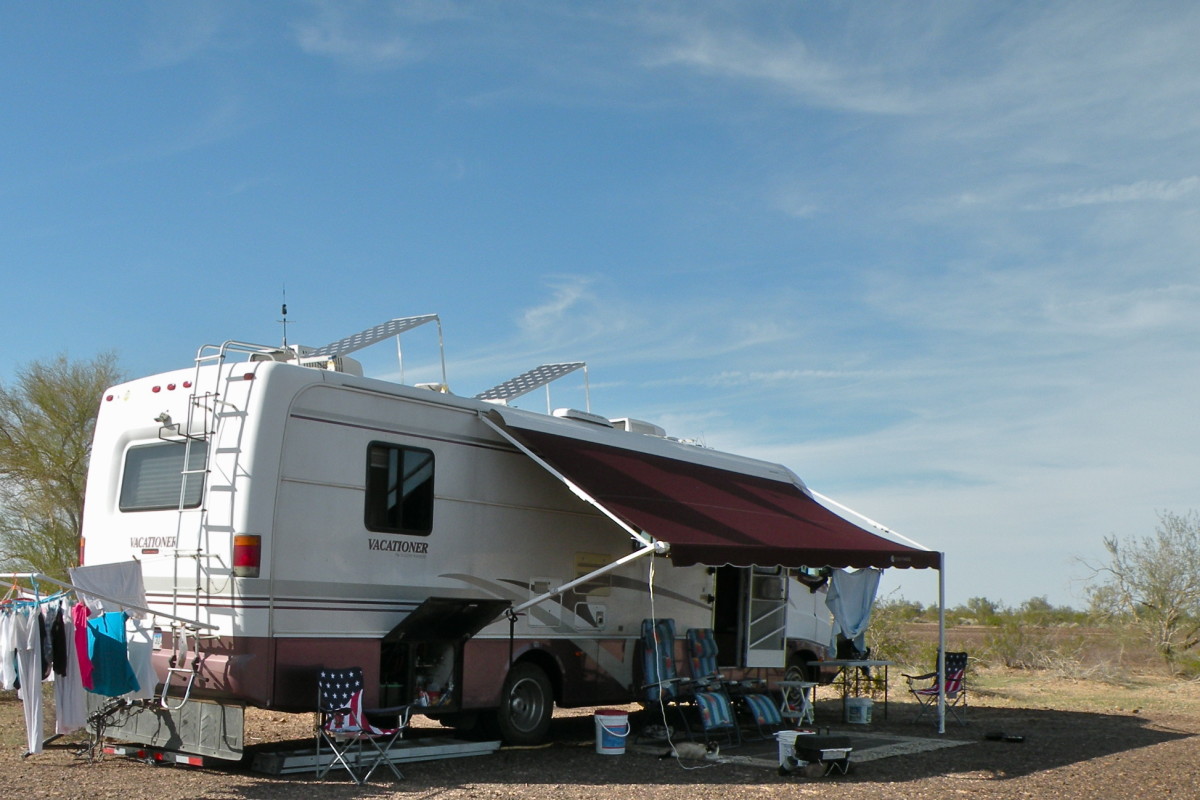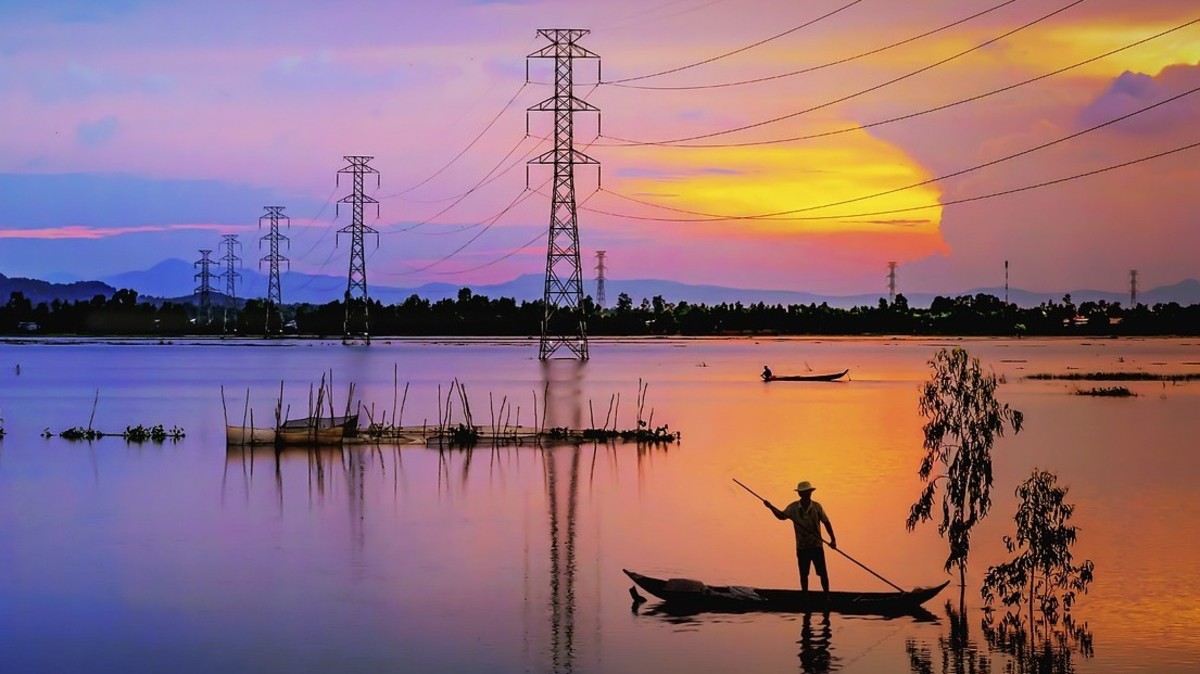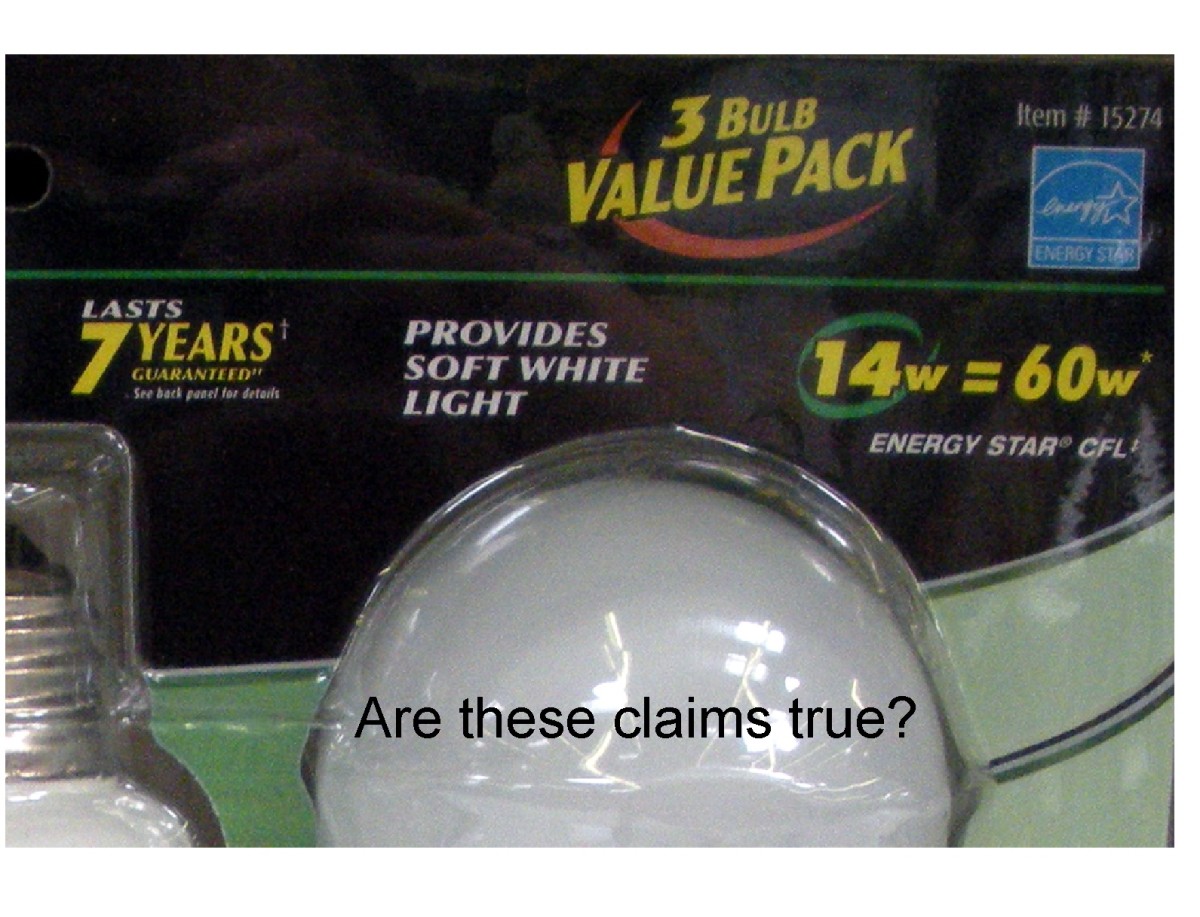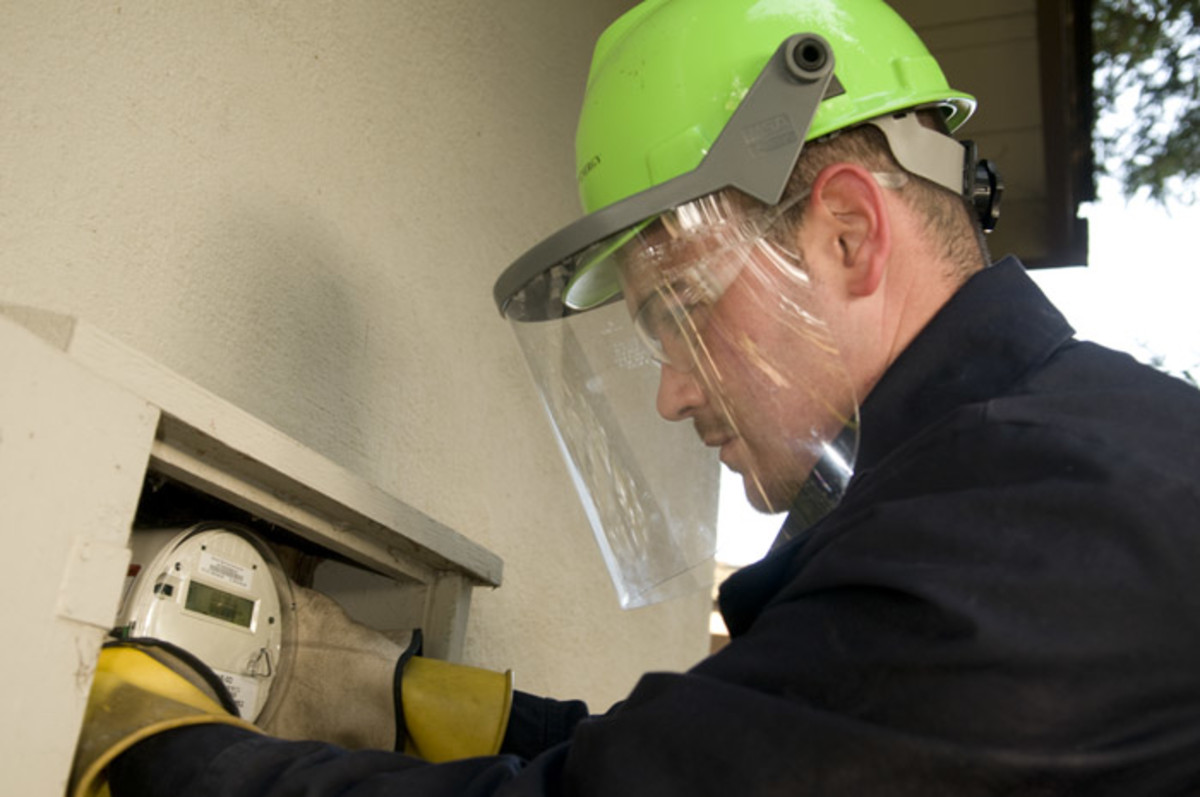Copenhagen Conference - Nice.
Power Crisis in India - Conference in Copenhagen.
The Govt of India Minister for Green House Gases or environment clearance for power generation projects goes to international conference and tries his level best to clear the projects but he alone cannot clear the project.There are several other ministers to look in to the project in detail and look in to any loop holes that benefit the project to the people or the state govt that had sent the complete project details and this needs expertise in technical specifications to be looked in to other than any thing connected with the ministry which has to clear the project but it cannot clear as it has to look in to all aspects of the project whether it concerns his ministry or not.If he clears the project he may be questioned as to how he has cleared the project with out looking in to the defects in technical specifications.He may be asked as to why he did not consult the technical wing or the foot prints of carbon that the project may have on environment from the project.The minister may lose his position and transferred to some other job of lesser importance like ports or post office.This is the main reason that delays the project and project cost escalations.The authority to clear the project is not by a single ministry but so many others that Power Generation Projects never came up to the demands of the country.
The Govt of the day was more concerned about environment,carbon foot prints and green house gases and not the poorest of the poor's hut where there was no power for over 60 years.Villages after villages never demanded in the ballot box sessions but they were promised that they would get power with out interruptions.However that promised vanished once the elections were over.This went on for over 60 years and ministers went on attending conferences in country after country.Power was a luxury for the poor.
Generation goes up but consumption comes down.Where is the power going.
The electricity sector in Indiahad an installed capacity of 253.389 GW as of end August 2014. India became the world's third largest producer of electricity in the year 2013 with 4.8% global share in electricity generation surpassing Japan and Russia.Captive power plants have an additional 39.375 GW capacity. Non Renewable Power Plants constitute 87.55% of the installed capacity, and Renewable Power Plants constitute the remaining 12.45% of total installed Capacity. India generated around 967 TWh (967,150.32 GWh) of electricity(excluding electricity generated from renewable and captive power plants) during the 2013–14 fiscal. The total annual generation of electricity from all types of sources was 1102.9 TeraWatt-hours (TWh) in 2013.As of March 2013, the per capita total electricity consumption in India was 917.2 kWh. The per capita average annual domestic electricity consumption in India in 2009 was 96 kWh in rural areas and 288 kWh in urban areas for those with access to electricity in contrast to the worldwide per capita annual average of 2,600 kWh and 6,200 kWh in the European Union. Electric energy consumption in agriculture is highest(18%) in India. The per capita electricity consumption is lower compared to many countries despite cheaper electricity tariff in India.This factor of low consumption is due to transmission loss and power theft that goes on in farm lands,apartment complexes,small industries in domestic sector and most of the minor and major industries that come to light some times or other by raids that are conducted by a separate wing of power boards WHO DO NOT punish the power thieves but let go with a small penalty which is paid with out any complaint that they never indulged in power theft.
"Expanding access to energy means including 2.4 billion people: 1.4 billion that still has no access to electricity (87% of whom live in the rural areas) and 1 billion that only has access to unreliable electricity networks. We need smart and practical approaches because energy, as a driver of development, plays a central role in both fighting poverty and addressing climate change. The implications are enormous: families forego entrepreneurial endeavors, children cannot study after dark, health clinics do not function properly, and women are burdened with time consuming chores such as pounding grain or hauling water, leaving them with less time to engage in income generating activities. Further, it is estimated that kitchen smoke leads to around 1.5 million premature deaths every year, more than the number of deaths from malaria each year. After gaining access to energy, households generate more income, are more productive and are less hungry, further multiplying the Millennium Development Goal's progress."
Power Generation in India.
Year
| Total MW
| % Growth
|
|---|---|---|
31-Mar-1966
| 9027
| 18.80 %
|
31-Mar-1997
| 85,795
| 4.94 %
|
31-Mar-2002
| 105,406
| 4.49 %
|
31-Mar- 2007
| 132,329
| 5.19 %
|
31-Mar-2012
| 199,877
| 9.00 %
|
30-June-2014
| 249,488
| 10.35 %
|
THE VARIATION IN POWER GENERATION % IS UNACCEPTABLE TO US THE END USERS OF THE COUNTRY.
The power of 'Zero' power bill from off grid power.- Solar Power.
What is the solar system?
Solar systems is also called solar energy system or solar power system, it's a stand-alone system, entirely powered by solar energy. Solar systems mainly consist of solar panel, solar charge controller, solar battery and solar inverter.
How does it work?
Solar panels (Solar PV modules) convert solar energy (sunlight) directly to electricity. The electricity is stored in solar batteries and used to power home appliances in rural and remote location.
The components of the complete solar system
Solar Panel These come in different shapes and sizes (see "solar panels") but they all do the same thing-turn sunlight into DC electricity
Solar Charge Controller-This is only needed if you have batteries. A charge controller regulates the voltage and current coming from the solar panels going to the battery. They also stop your batteries from getting overcharged and a reverse flow from your batteries to your solar panels during the night.
Solar Charge Battery-Special battery is required to store the electricity at daytime and supply electricity power to household appliances.
Inverter--The inverter turns DC electricity from your solar panels into AC electricity. Dc stands for Direct Current electricity. Grid power and your house appliance run on AC electricity. So once the solar panels have made DC electricity this needs to be turned in AC with an inverter. There are many types of inverters. However, if you have a grid-tied system, you will need to have a true-sine wave inverter
No Grid Supply Zero power failure.
Off-Grid Solar-Electric Systems
Although they are most common in remote locations without utility grid service, off-grid solar-electric systems can work anywhere. These systems operate independently from the grid to provide all of a household's electricity. That means no electric bills and no blackouts—at least none caused by grid failures. People choose to live off-grid for a variety of reasons, including the prohibitive cost of bringing utility lines to remote homesites, the appeal of an independent lifestyle, or the general reliability a solar-electric system provides. Those who choose to live off-grid often need to make adjustments to when and how they use electricity, so they can live within the limitations of the system's design. This doesn't necessarily imply doing without, but rather is a shift to a more conscientious use of electricity.
Technical Data.
Solar Panels.
| .
| ||
|---|---|---|---|
Type
| 12X 250W Panels
| ||
Rated Maximum Power (Pmax)
| 250 W
| ||
Cell Type
| Polycrystalline
| ||
Tolerance
| + or (-) 3 %
| ||
Voltage @ Pmax (Vmp)
| 30.2 V
| ||
Current @ Pmax (Vmp)
| 8.30 V
| ||
Short Circuit Current (Isc)
| 8.87 A
| ||
Open Circuit Voltage (Voc)
| 32.2 V
| ||
Nominal Operating Cell Temperature
| 47 Deg + or (-) 2 Deg C
| ||
Panel Dimensions
| 160 * 992 * 40 mm
|
Other Specifications are that of INVERTER -
SPEC
48V 3000W
Wave Form Pure sine wave
Output Voltage AC110V/ 220V
Output Frequency 50Hz/60Hz
Inverter Efficiency 90%.
Battery
Voltage 12V
Capacity 120AH
Battery
Type
Deep Cycle, Sealed Gel, Lea
Global Energy Needs.
India had kept one of their Atomic Power Station idle for want of Nuclear fuel.India has not given any subsidy for use of solar energy,Wind Power is under political power.Our Industrialists are starved of any concession for the manufacture of Solar Power Plants for domestic use.If all homes use solar power how much power can be saved,in fact we will have surplus power.Green House Gases will assume world standard.
Do we need a Summit.?
What was practiced in the industry in those areas of cost cutting was management of energy, to produce a kg of yarn in a textile mill.This was one of the areas.There was no cry or confusion on power saving or Green House Gases.Just few decades back.
There is no shortage of power but there is shortage of intellectuals to manage the Industries in power management that consume power at any cost.
Take the Electric motor manufacturers for example who supply motors with out looking in to the needs of the consumer but blindly supply the motors as per order.
Power consumption in a Textile Mill is very high.The machine design is such and many of the Textile Mills have no idea as to what they order and they hardly discuss with the machinery suppliers or motor manufacturers.The Textile Machine Manufacturers do not supply the motors but they supply control Panels.Motor burn out is one order of the day.Motor rewinding is another virus affecting power consumption.Failure of electronic parts is a worm in the control panels for motor burn outs.We can blindly say that the climate change is partly due to such negligence in many other industries and the contribution of Textile mills having machinery that is as old as 20 years is like adding fuel to fire.
Awareness on Energy Management is now gaining momentum and we are now adding another kind of professional that is Energy Managers. As a professional qualified and knowledgeable he is responsible to foemulate action plans for optimal energy utilization with in the industry.
The Energy Manager is responsible in ensuring excellent maintenance with records and monitoring of data,developing work culture,coordinating with production planning manager,re-engineering his strategies and implementing them,devising his supply and consumption and if required negotiating with energy suppliers for concision in rate for load reduction,supply information on his industry needs at a future date in case of expansion.
All Industries must have energy Audit on regular basis and follow the advice of the Auditor in the areas that needs action for improvement.The Industries that have come up in small,medium,large and very large Industries which are power consuming oriented needs to follow the natural laws that needs no intervention from controls.
New college graduates in engineering can take up Certified Auditor National Level Certification course conducted by BEE.
The MBA students in Energy Management at the only Management Development Institute Delhi,can expect good offers from many private and government organizations as also in consultation Firms.
What the World Leaders do in Copenhagen Summit and what will be the additional burden on the Industries will be a political drama and nothing is going to come out from this Summit except Submitting a Copenhagen Resolution and another file in the Government Archives.
Let's walk to work culture be developed by many of us or most of us.
Let the political leaders go in their big automobiles followed by their Bureaucrats.
